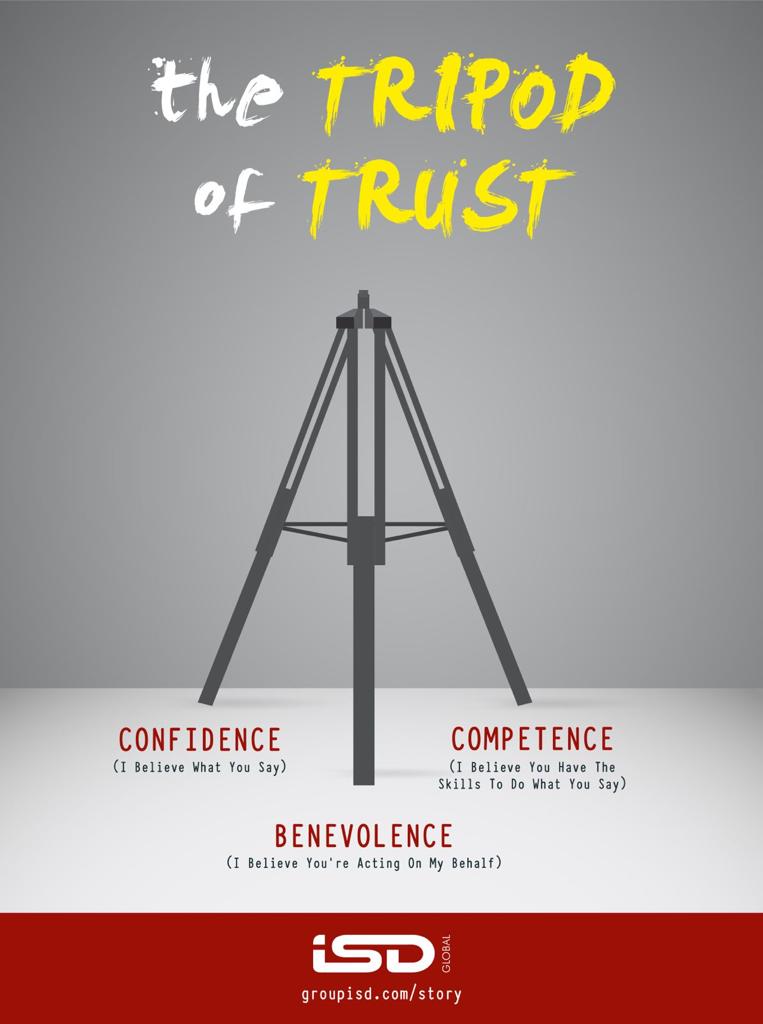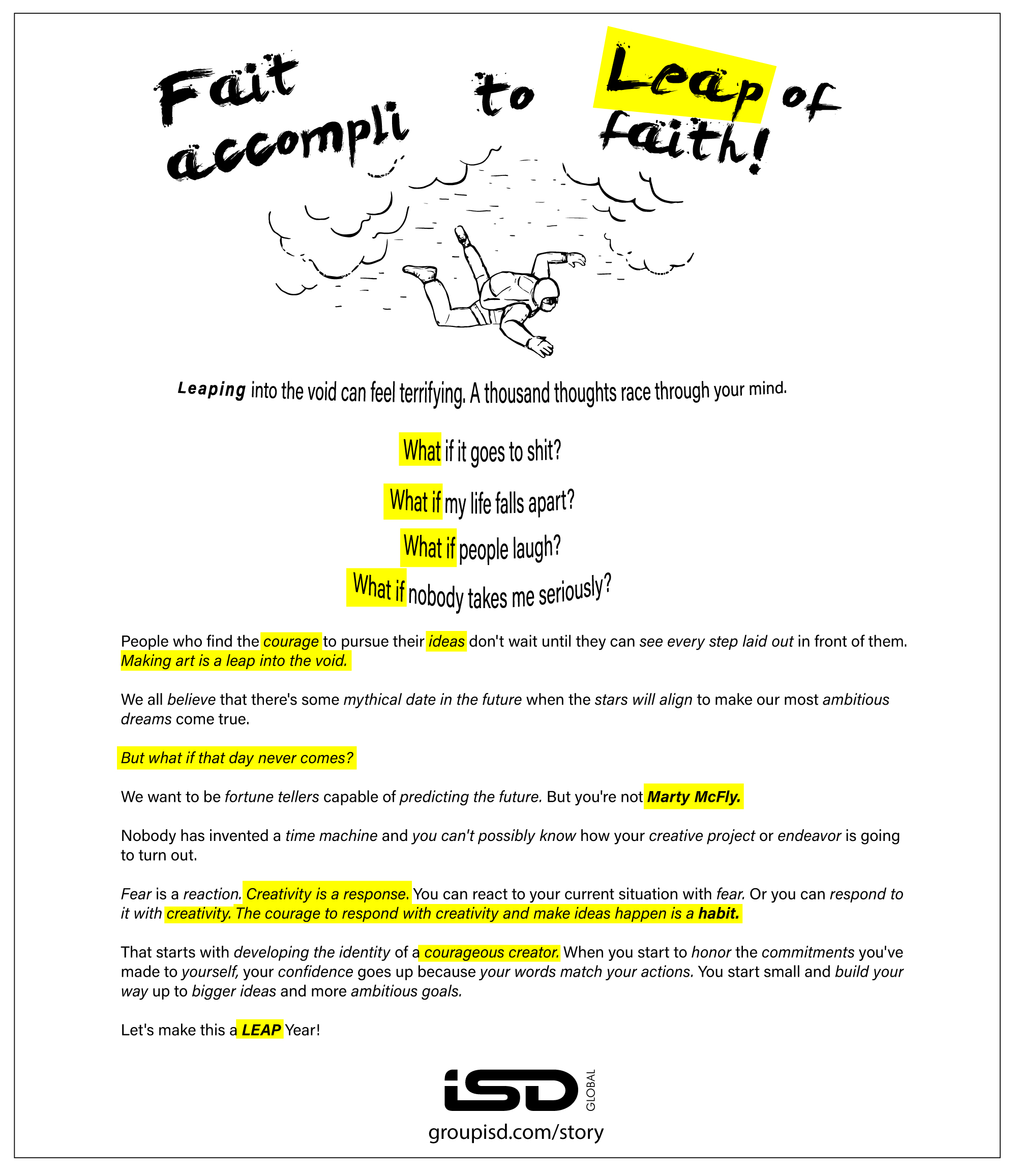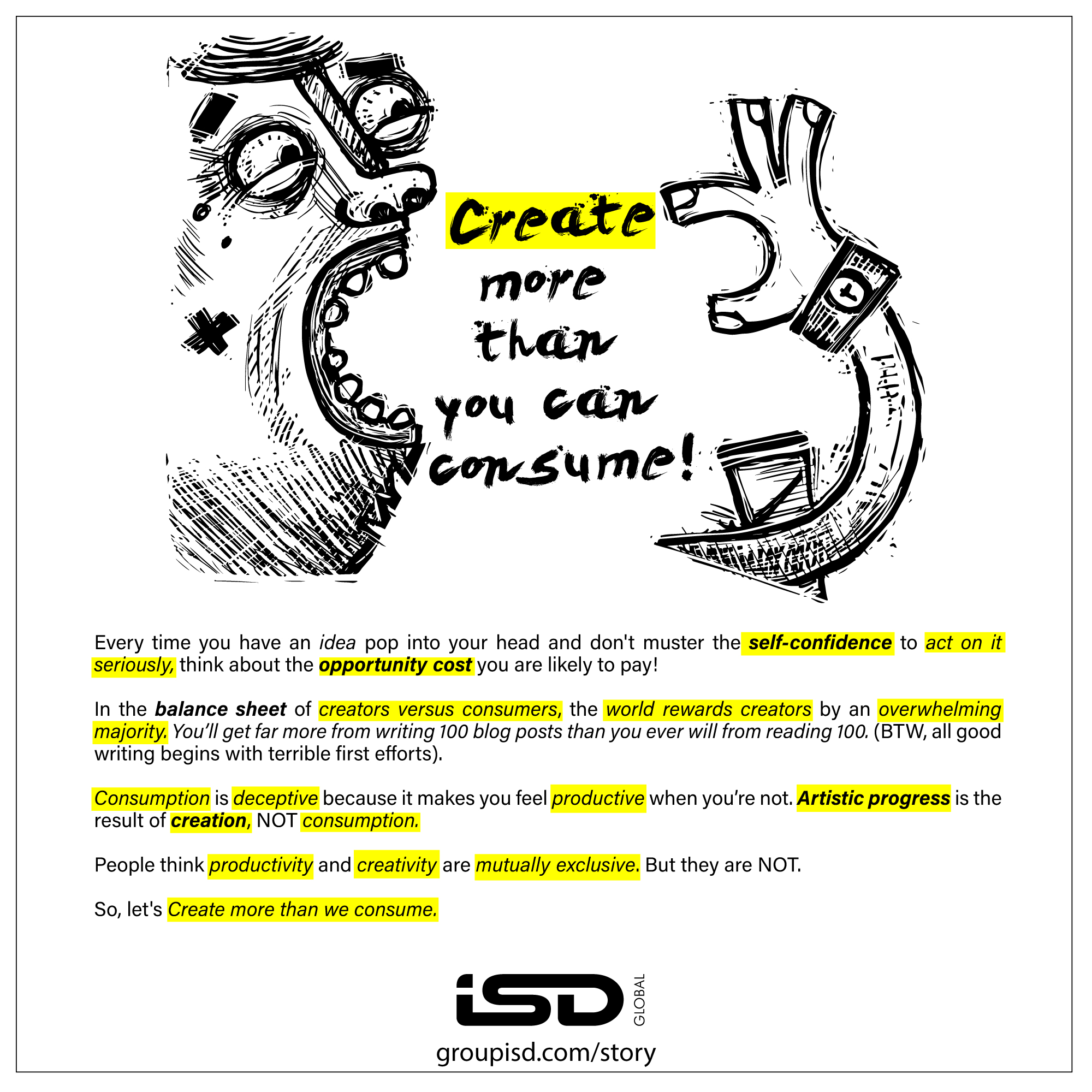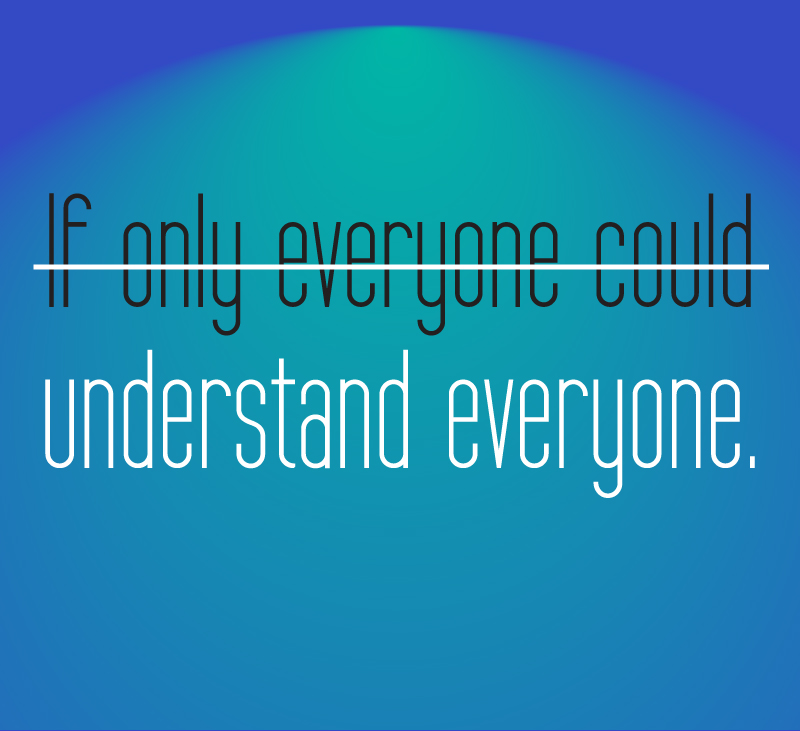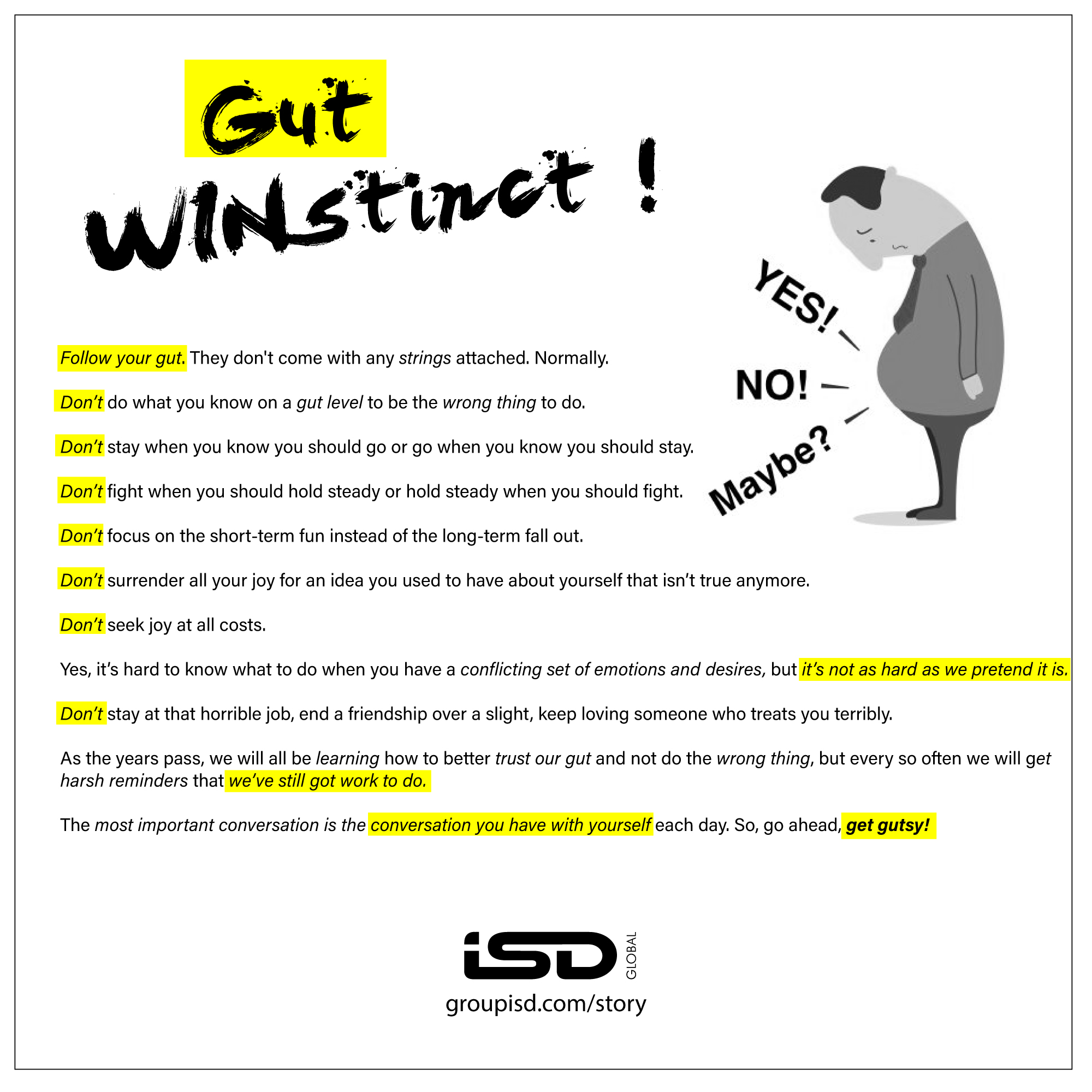I was skimming through Interbrand’s Best Global Brands 2023 report for a nuanced understanding of the opportunities and challenges shaping the global brand landscape at what appears to be a critical juncture.
Gonzalo Brujo, Global CEO, Interbrand has observed there that the total value of the Best Global Brands increased by just 5.7% in 2023—a significant drop from the 16% surge observed in 2022.
The observations based on conversations with the global C-Suite is a common feeling of pressure for brands to play it safe, driving a wave of incrementalism and conservatism for most.
Look at the landscape today and there’s almost no part of the marketing challenge today that isn’t about desire for immediate return. You have six seconds to make someone care. That’s a really hard job. It is highly apparent that ever mounting pressure to demonstrate immediate and measurable returns has shifted the marketing needle firmly in the direction of performance tactics. We seem to have lost sight of the benefit of broad reach and communal experience- the experience of creative and messaging that moves people and brings them together.
We used to have these huge cultural moments when people came together and experienced events collectively. We don’t have that common ground anymore and thats a big lever that is missing for brands.
So what is bringing in this era of incrementalism?
The erosion in value and the stifled growth of 5.7% compared to 16% the year before can be evaluated in context. The main observable reason for this decline is a widespread incremental brand management approach, focused on protecting the core. Most brands made no significant gain or losses in strength or value, nor did they make notable moves.
But look closer, and against this backdrop a small set of brands stands out, showing above average brand value growth- the usual suspects like Amazon, Apple, Lego, Disney, Microsoft, Ferrari, Netflix etc.
What these brands share is, a bit of strangeness. They don’t fall into traditional categories and sectors, defined by products or services. It’s increasingly hard to describe Amazon as a retailer at a time when it is pours millions into entertainment productions; similarly, consumer hardware is where Apple comes from, but certainly not all it is today.
If categories fall short of making sense of the current situation, things become clearer if we shift our perspective from inside out to outside in – and rather than focus on what these brands do, question what they help people do. To bring in the element of arena thinking, these are brands that help us Thrive, Play, Express, Move, Dwell etc, vying for the same time, money and attention, and addressing the same fundamental motivation – or ‘job to be done’, to use Clayton Christensen’s term.
If you want to transform your industry, look at someone else. Analogous inspiration anyone? Because the best ideas and thinking are coming from outside your core industry- ask camera manufacturers what the mobile phone industry did to them. Airbnb should have been an Hilton, IHG or Marriott play, but look who got it in the zeitgeist. Thinking in terms of arenas rather than categories is a powerful antidote against competitive blind spots. While traditional diversification hinges on competences and assets – ‘if we do this, we might do that too’, arena-based growth starts from relationships – ‘if you feel good about us, here’s what else we might help you do.’
The most progressive brands became providers of all round experiences – not just products or services. At a time when consumer electronics was zigging away from retail spaces, the Apple Store zagged, creating a shrine that was about attraction rather than transaction. Today, as we face extreme turbulence and volatility, some of the most influential brands have become acts of leadership – doing things right, yes, but also doing the right thing. At a time of declining trust in traditional sources of authority, brands are expected to take stances – walking the talk and talking the walk. Nike’s Kaepernick campaign remains a memorable illustration of showing leadership whilst reinforcing the bond with Nike’s key target audiences.
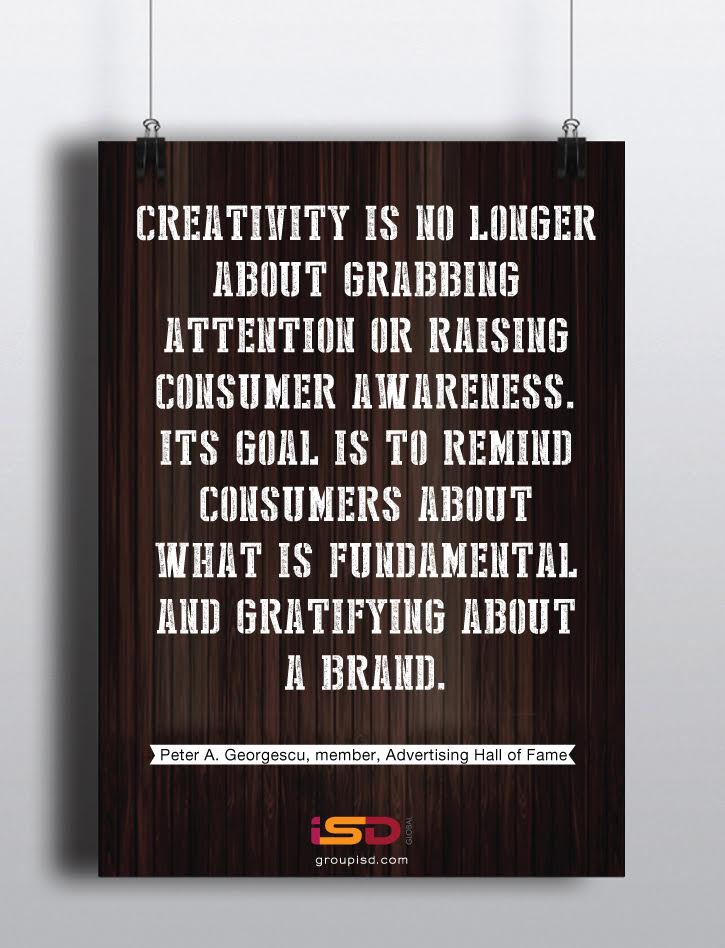
These brands stand out by blending in, because people measure the entire experience by how much it adds to their lives and how little it disrupts it. To create relevance and shift expectation, we need to ask if we are doing better and different. Are clutter and conformity obscuring your codes – or are you distinctly memorable?
Brand as an asset for strength and growth is under leveraged across the board, which is paradoxical because in today’s world it’s harder and harder to cut through the noise and fragmentation. Unless you are resorting & acting on arena thinking and an approach that combines the three lenses of human truths, economics and experience.
ENDS

